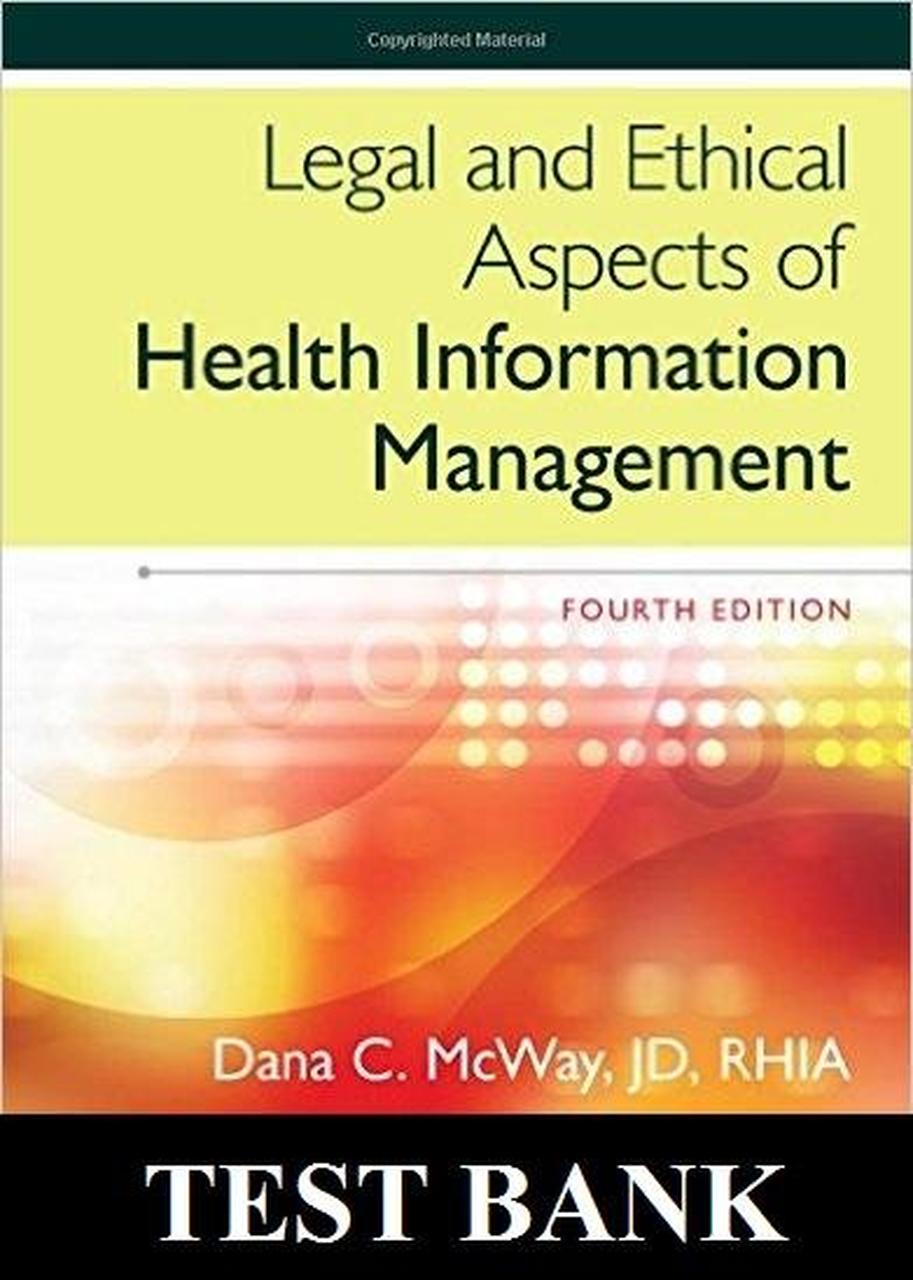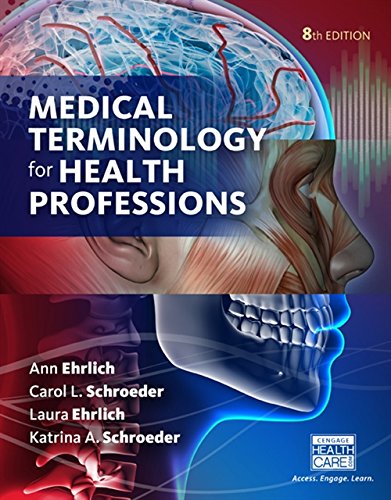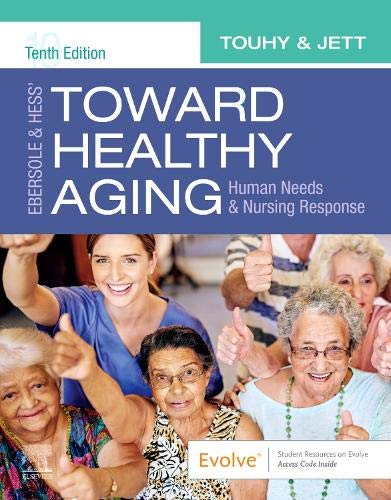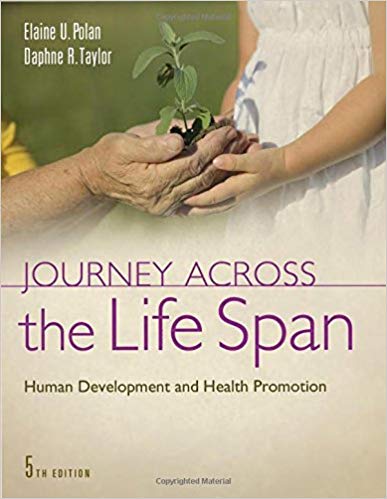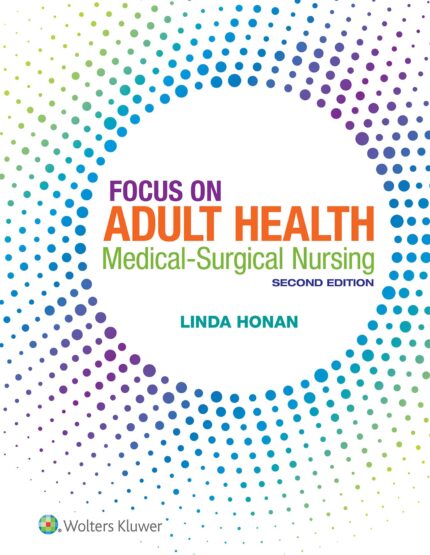Test Bank for Legal and Ethical Aspects of Health Information Management 4th Edition by McWay
DESCRIPTION – CHAPTER SAMPLE
McWay_Chapter01_Exam
MULTIPLE CHOICE
- Standards for human behavior are established through _____.
| a. | concepts | c. | moral principles |
| b. | laws | d. | societal ideals |
ANS: B PTS: 1
- Under civil law, the burden of proof is described as a _____.
| a. | determination to be met by the presiding judge at the trial |
| b. | meeting of the minds where at least two persons or entities must reach an agreement |
| c. | preponderance of the evidence, which is defined as “more likely than not” |
| d. | requirement that something be proven beyond a reasonable doubt |
ANS: C PTS: 1
- Which statement is associated with civil law?
| a. | Defendants who do not pay court-assessed damages are imprisoned. |
| b. | It is an area of law and justice that attempts to settle disputes among individuals. |
| c. | Its body of law involves the state versus individuals and relies on statutory law. |
| d. | Either plaintiff or defendant can be found partially right or wrong, but not both. |
ANS: B PTS: 1
- The plaintiff is always the state or federal government in _____ law.
| a. | contract | c. | criminal |
| b. | Civil | d. | private |
ANS: C PTS: 1
- Which statement is associated with criminal law?
| a. | The defendant is always the state or federal government. |
| b. | Only the plaintiff may appeal a decision. |
| c. | Punishment may be a fine or imprisonment. |
| d. | Federal statutes alone establish criminal law. |
ANS: C PTS: 1
- The burden of proof is “beyond a reasonable doubt” during a _____ trial?
| a. | civil | c. | contract |
| b. | conflict | d. | criminal |
ANS: D PTS: 1
- Which statement is associated with a criminal trial?
| a. | Only the defendant may appeal a guilty verdict in a criminal case. |
| b. | Each defendant is initially assigned a court-appointed lawyer. |
| c. | State and federal statutes establish civil laws (or private laws). |
| d. | The burden of proof is on the defendant named in the case. |
ANS: A PTS: 1
- Consensus ad idem is Latin for the element of a contract associated with _____.
| a. | obligation | c. | consideration |
| b. | acceptance | d. | meeting of the minds |
ANS: D PTS: 1
- Consideration is an element of contract law that refers to _____.
| a. | business etiquette |
| b. | exchange from one party in return for performing contractual obligations |
| c. | one party’s agreement to a promise |
| d. | an entity’s decision to enter into a contract |
ANS: B PTS: 1
- In Mordecai vs. Blue Cross/Blue Shield of Alabama, the court determined that _____.
| a. | a patient cannot sue their health insurance company for breach of contract because that is prohibited by statutory law |
| b. | terms of an insurance policy cannot be altered after inception because the patient pays a monthly premium for insurance coverage and signing the contract protects the insurance company |
| c. | the insurance company had the right to deny payment for major medical expenses regardless of whether procedures and services performed were medically necessary. |
| d. | the insured had the right to proceed against the insurance company for breach of contract to determine whether it had correctly determined that patient care was not medically necessary |
ANS: D PTS: 1
- The first 10 amendments to the U.S. Constitution are called _____.
| a. | Judicial Declarations | c. | Executive Orders |
| b. | The Bill of Rights | d. | Titles of Nobility |
ANS: B PTS: 1
- Which of the following is associated with the Bill of Rights?
| a. | protects the rights to freedom of speech and religion. |
| b. | provides the right to vote for those age 18 and above. |
| c. | allows unlimited rights to sue states in federal court. |
| d. | includes equality of rights under the law regardless of gender. |
ANS: A PTS: 1
- Which constitutional amendment prohibits double jeopardy?
| a. | First | c. | Second |
| b. | Fifth | d. | Sixth |
ANS: B PTS: 1
- Which is associated with the Fifth Amendment of the Constitution?
| a. | Accused person may not be compelled to testify against himself. |
| b. | Guards against searches, arrests, and seizures of property without a specific warrant or a “probable cause.” |
| c. | Guarantees a speedy public trial for criminal offenses. |
| d. | Forbids excessive bail or fines, and cruel and unusual punishment. |
ANS: A PTS: 1
- Laws passed at the local level are called _____.
| a. | bills | c. | precedence |
| b. | ordinances | d. | statutes |
ANS: B PTS: 1
- From a statutory perspective, CFR is an abbreviation for _____.
| a. | Campaign Finance Reform | c. | Code of Federal Regulations |
| b. | Case Fatality Rate | d. | Council of Foreign Relations |
ANS: C PTS: 1
- HIPAA is the abbreviation for the _____.
| a. | Healthcare Information and Payer Accessibility Act |
| b. | Health Information Provider and Accessibility Act |
| c. | Health Insurance Portability and Accountability Act |
| d. | Healthcare Insurance and Payer Accountability Act |
ANS: C PTS: 1
- Criminal law is subdivided into _____ categories.
| a. | felony and misdemeanor | c. | procedural and administrative |
| b. | ordinal and substantive | d. | substantive and procedural |
ANS: D PTS: 1
- A felony is defined as a crime _____.
| a. | for which probation is always assigned |
| b. | involving civil or private law |
| c. | of grave or serious nature |
| d. | that is punishable by a term of less than 1 year |
ANS: C PTS: 1
- Which subcategory of criminal law defines specific offenses?
| a. | misdemeanor | c. | statute |
| b. | procedural | d. | substantive |
ANS: D PTS: 1
- Primary sources of public law include _____.
| a. | law of contracts or torts | c. | policies and procedures |
| b. | law of obligations | d. | statutes and penal law |
ANS: D PTS: 1
- A constitution is a set of fundamental principles or established precedents according to which a state or other organization is governed. Thus, it _____.
| a. | defines principles for individuals, not the nation or state in which it is based |
| b. | delineates procedures by which a court awards the defendant monetary damages |
| c. | is considered the fundamental law of a nation or state |
| d. | undergoes interpretation according to modern day statutes and regulations |
ANS: C PTS: 1
- Under stare decisis, _____.
| a. | U.S. Courts of Appeal are bound by trial court decisions of U.S. district courts in other jurisdictions |
| b. | U.S. district courts are bound by decisions of both the U.S. Courts of Appeal and U.S. Supreme Court within the same geographic area |
| c. | U.S. Supreme Court is bound by decisions of all U.S. courts of appeal within different jurisdictions |
| d. | U.S. Supreme Court is obligated to follow precedent, regardless of decisions in Courts of Appeal or district courts |
ANS: B PTS: 1
- Which describes the doctrine of res judicata?
| a. | Appeals to a court decision are prohibited, and a plaintiff would be required to stand before the Supreme Court. |
| b. | Final judgment of a competent court is conclusive upon the parties in any subsequent litigation involving the same cause of action. |
| c. | Parties of a lawsuit have the option of bringing a subsequent action raising the same claim or demand. |
| d. | Plaintiff can re-prosecute the defendant if a valid final judgment was administered by the court. |
ANS: B PTS: 1
- An electronic case filing system (ECFS) is an automated system that _____.
| a. | allows the general public to search pleadings and testimony |
| b. | eliminates the need to charge a fee for the search |
| c. | is rarely a component for case management |
| d. | prohibits the processing and exchange of information |
ANS: A PTS: 1
- The government’s separation of powers include _____.
| a. | division of power that allows one branch to dominate another when deemed necessary |
| b. | judicial, legislative and congressional branches headed by Congress |
| c. | a provision that each branch may exercise powers involving other branches |
| d. | a system of checks and balances that is referred to as the separation of powers |
ANS: D PTS: 1
- GINA _____.
| a. | addresses perceived areas of discrimination in employment and insurance |
| b. | is the abbreviation for Genetic Insurance Nondiscrimination Act |
| c. | prohibits the interaction of all three branches of government for enforcement |
| d. | replaces the HIPAA statute regarding implementation of the privacy rule |
ANS: A PTS: 1
- The legislative branch of government _____.
| a. | enforces and administers laws (statutes) |
| b. | includes the Senate and the House of Representatives |
| c. | interprets laws through adjudication and resolution of disputes |
| d. | promulgates rules and regulations within specialized subject matter |
ANS: B PTS: 1
- The chief executive branch of government issues executive orders that interprets _____.
| a. | and implements and/or gives administrative effect to provisions of the constitution or laws |
| b. | individual rules or regulations, which were written by administrative agencies |
| c. | laws (statutes) through the adjudication and resolution of disputes |
| d. | relevant constitutional provisions, federal/state statutes, regulations, and court decisions |
ANS: A PTS: 1
- In deciding a dispute, the court or judicial branch _____.
| a. | applies laws that were enacted by a majority vote only |
| b. | considers irrelevant statutes and unconstitutional provisions |
| c. | does not have the authority to settle disputes |
| d. | may apply the doctrines of stare decisis and res judicata |
ANS: D PTS: 1
- Quasi-legal requirements may involve which of the following?
| a. | morals | c. | licensure |
| b. | federal regulations | d. | statutes |
ANS: C PTS: 1

